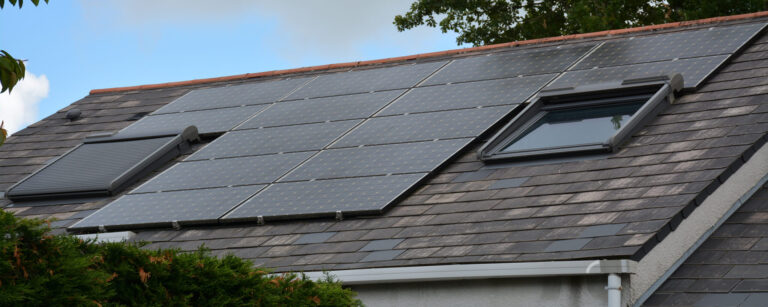What Just Happened?
Starting June 1, 2025, Ameren Missouri implemented a 12% increase to residential electricity rates, affecting tens of thousands of households across the state. For the average Missouri homeowner, that means paying an extra $14–$20 per month, depending on usage.
Just to break that down, over the course of a year, that’s an additional $175–$240 added to your utility bills with no changes in how much energy you actually use and little to no forewarning for the increase in prices.
This is actually a big reason why homeowners adopt solar as a means of producing energy. Because your rates are locked in and there are no surprise fees.
Why the Increase?
The increase was approved by the Missouri Public Service Commission to help Ameren recover costs tied to grid upgrades, infrastructure maintenance, and rising fuel prices. While necessary from a utility operations perspective, the timing couldn’t be worse for residents already facing inflation-driven pressure on household budgets.
Energy in MO
Missouri already ranks near the national average for electricity prices, hovering around 12 to 13 cents per kilowatt-hour, but these recent spikes are pushing monthly costs higher across the board. With peak summer demand approaching and air conditioners working overtime, this rate hike hits especially hard in June, July, and August — when energy usage is at its highest.
Regulatory Changes
In addition, recent regulatory changes now allow Ameren to charge customers for Construction Work in Progress (CWIP) — meaning you’re helping finance future energy projects through your current bill, even if those projects won’t be completed for years. This shift adds further pressure to consumers who are already seeing unpredictable spikes in their monthly statements.
So to break this down, if you live in MO you’ll be paying more to fund energy projects that may not benefit you for 5-10 years.
Now What?
Missouri already ranks near the national average for electricity prices, hovering around 12 to 13 cents per kilowatt-hour, but these recent spikes are pushing monthly costs higher across the board. With peak summer demand approaching and air conditioners working overtime, this rate hike hits especially hard in June, July, and August.
Take a look at your latest bill and compare it to the same month in 2024. Even if your energy usage hasn’t changed, chances are your costs have gone up. This is exactly why solar is so compelling right now.
With the federal Investment Tax Credit (ITC) still available, now is the time to lock in a predictable rate and gain control over your energy production. Solar doesn’t just reduce your bill: it protects you from future increases, adds value to your home, and puts you in charge of your energy future.



